Research-Based Factors Of A Highly Effective Learning Environment
In a highly effective learning environment, there are opportunities for students to revisit old thinking while grappling with new ideas.
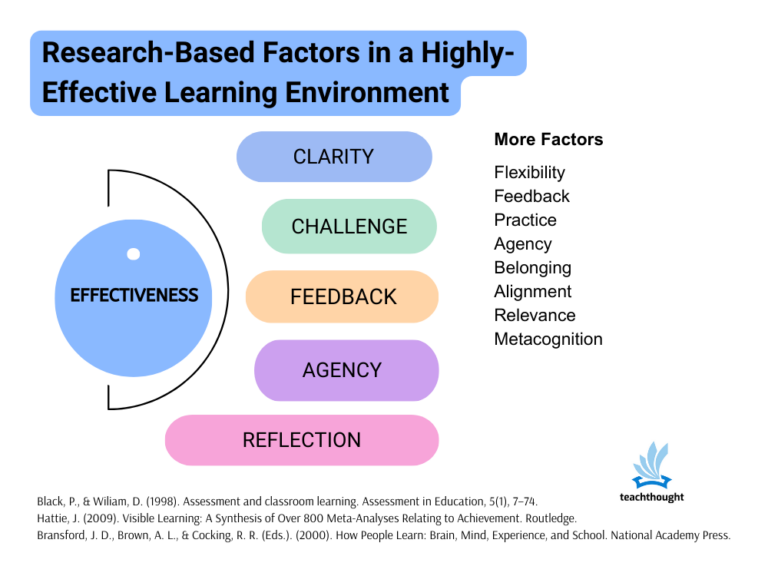
In a highly effective learning environment, there are opportunities for students to revisit old thinking while grappling with new ideas.
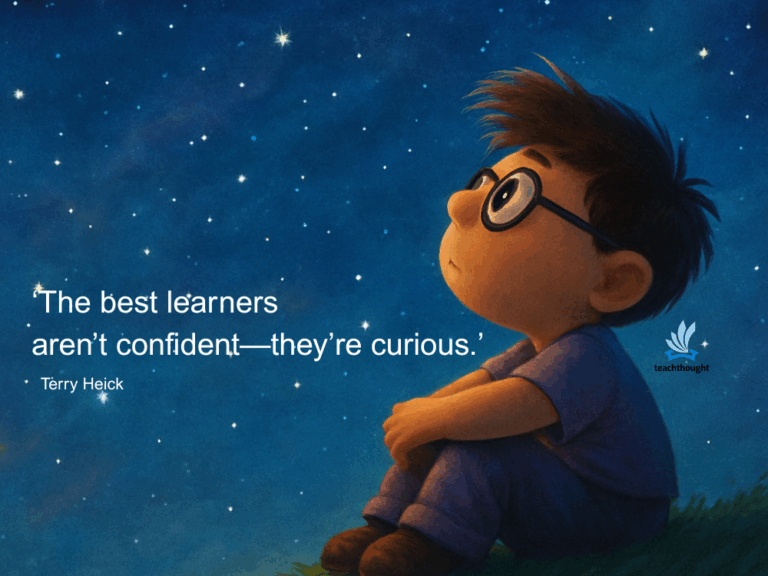
When one teacher meets another, they exchange ideas. Comparing and finding common ground and learning new things is nearly automatic.
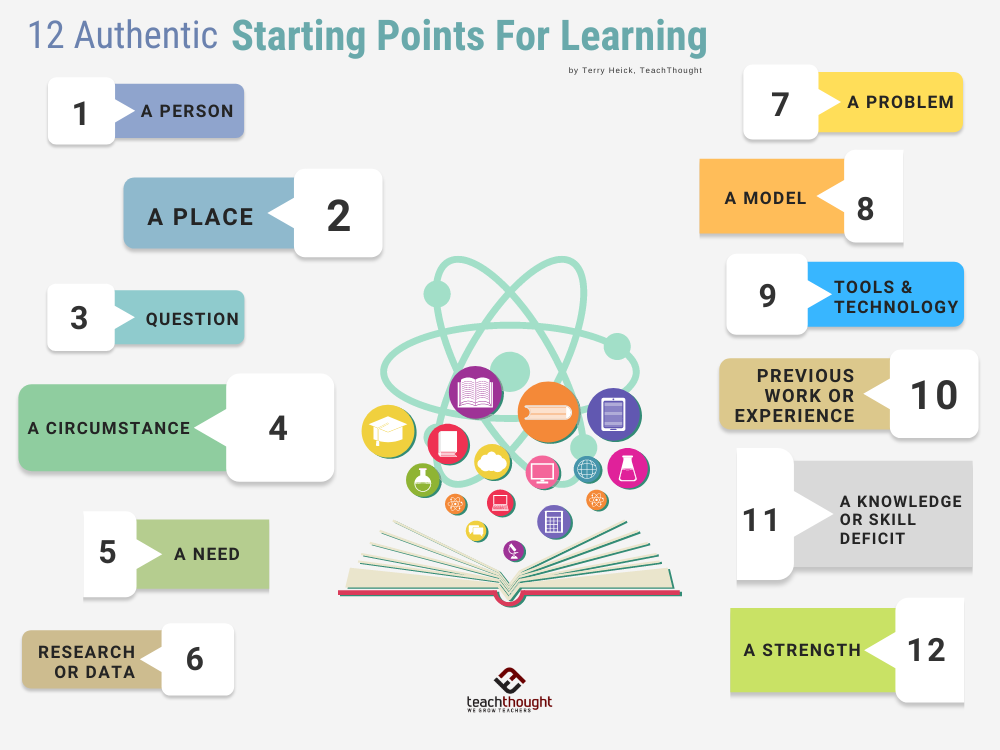
Learning–real, informal, authentic, and lifelong learning–can ‘begin’ with just about anything.

For students who are employed, online learning can create balance instead of conflict.
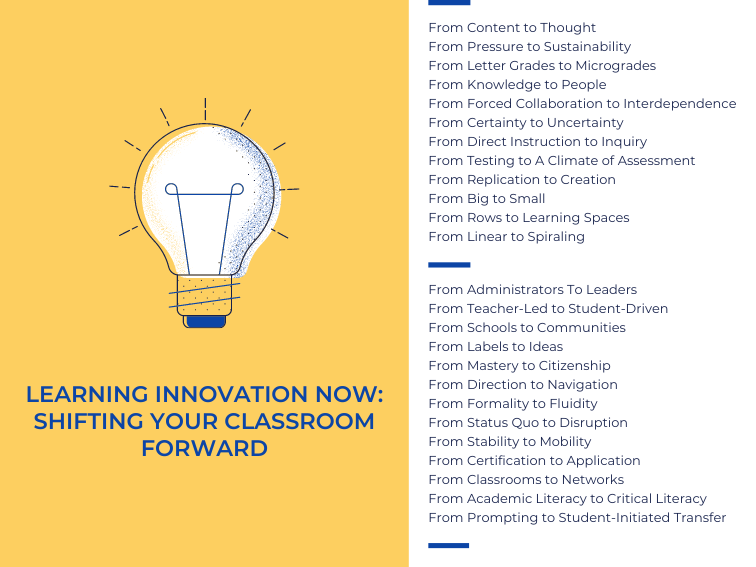
From content to thought, linear learning to spiral learning, and grading to micrograding, here are possible characteristics of an innovative classroom.
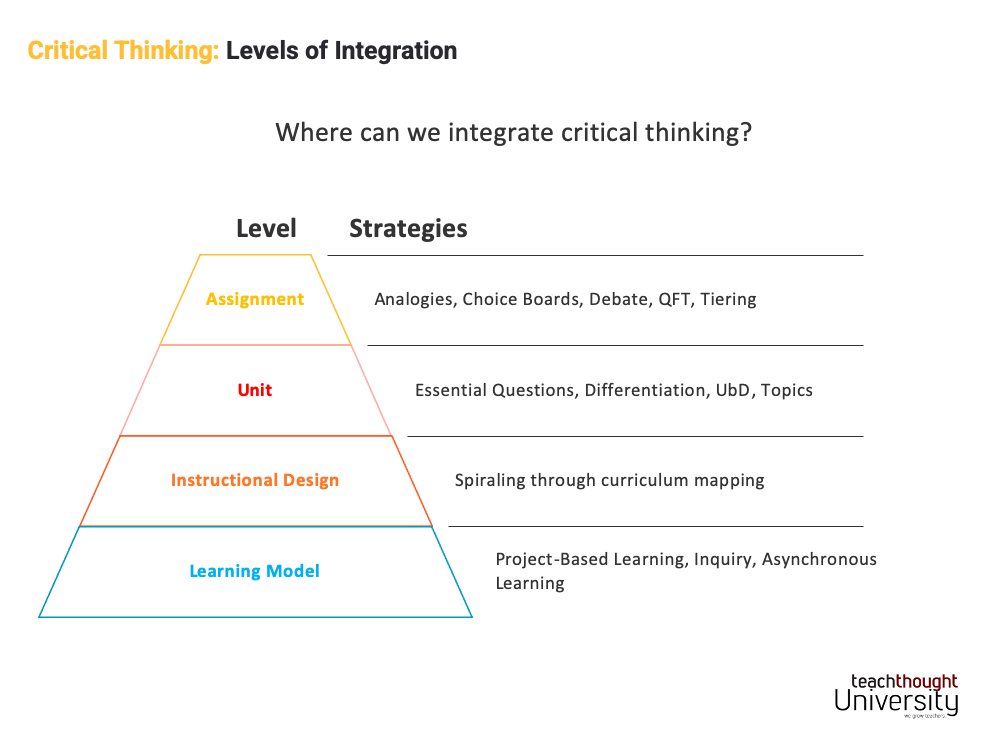
How can you teach critical thinking? This framework offers a way to integrate critical thinking in your classroom.
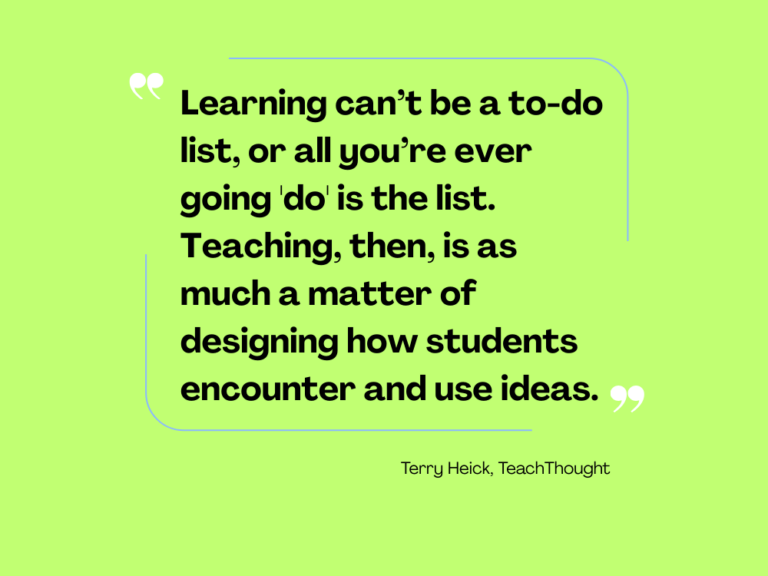
For me, my biggest takeaway from college was learning what I didn’t know.

Pre-writing can include clarifying audience and purpose to researching and outlining, making it crucial to the quality of the writing.
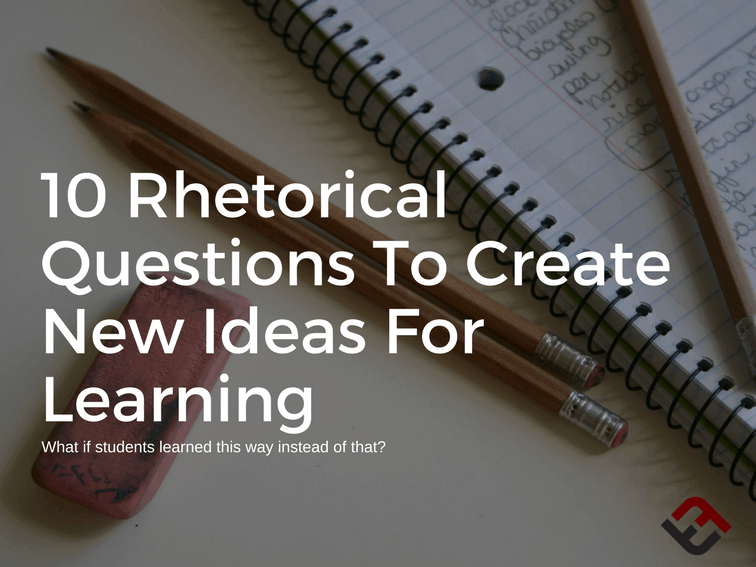
I’m not saying any of these ideas are good—or even the least bit viable. Or that they wouldn’t be detrimental. I’m just wondering what would happen.
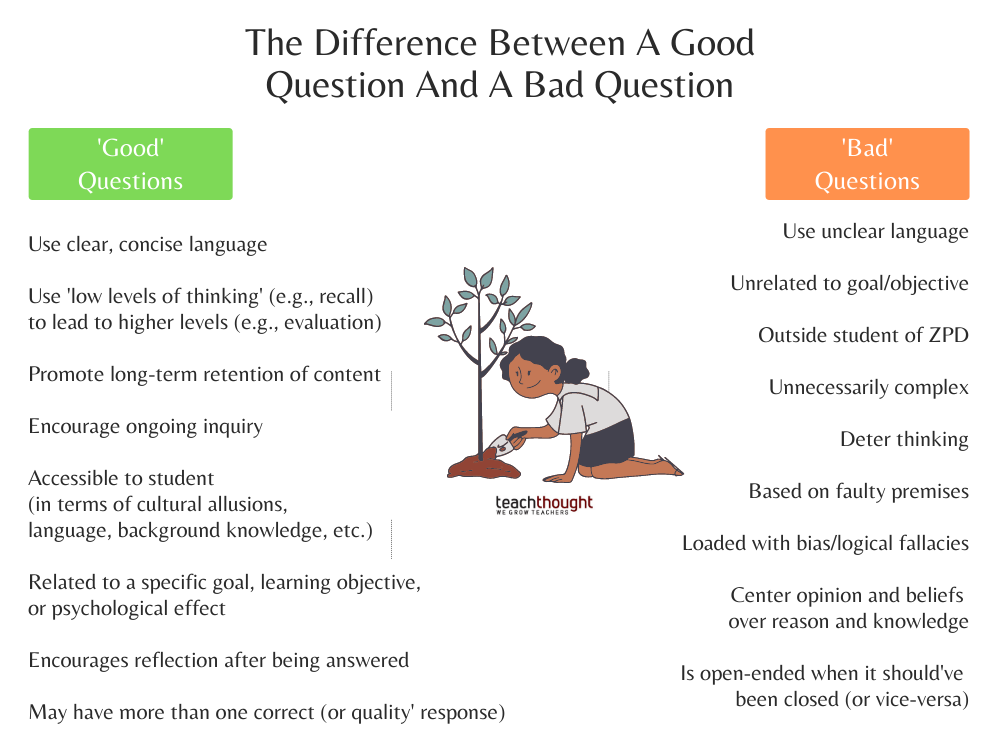
A question is only a strategy (for inquiry) and must therefore have a purpose if we want to evaluate its quality.
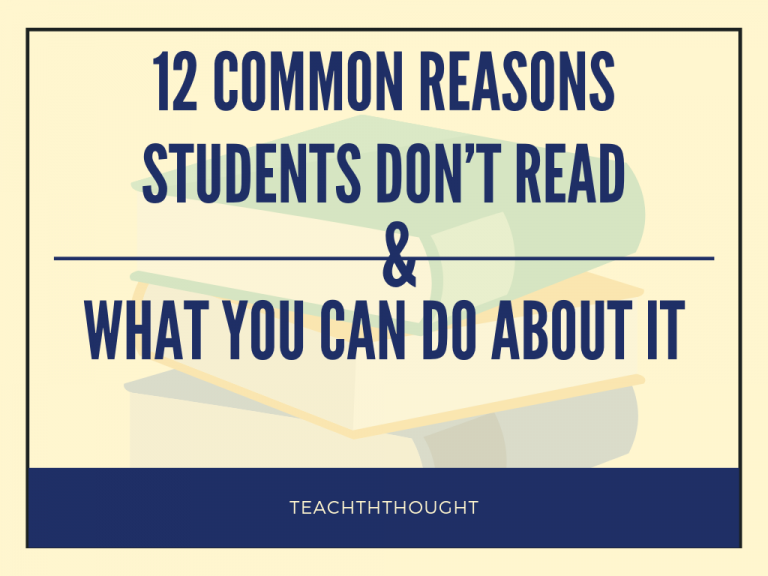
Students might see reading as something to do at school rather than an opportunity to be entertained, learn, or be exposed to new ideas.
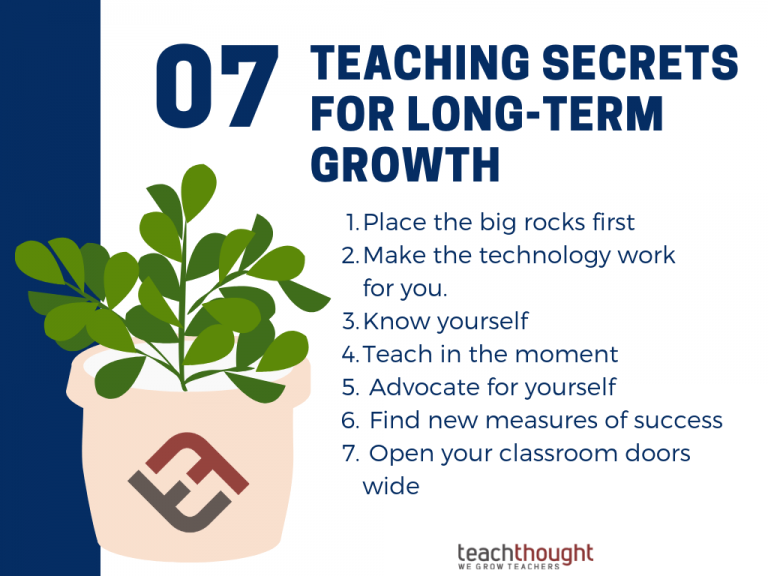
Protecting your planning period by shutting your door isn’t ‘backwards teaching,’ it’s a survival strategy.
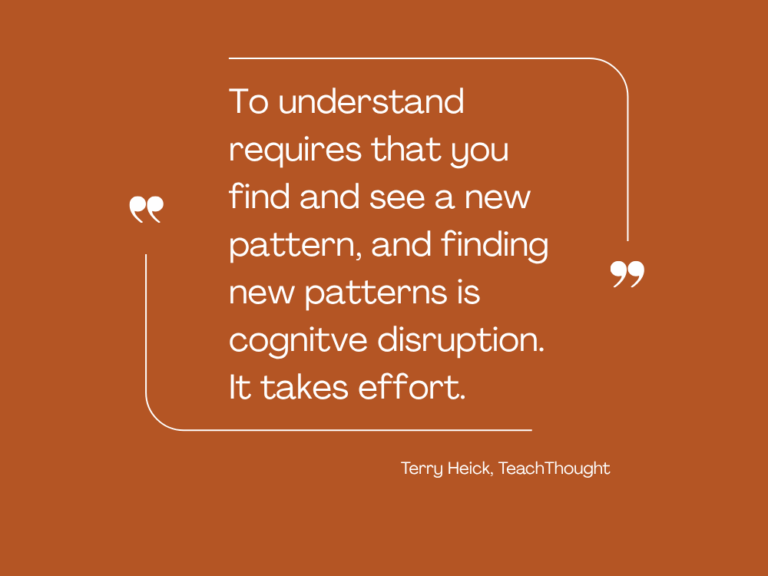
Everything around us is some kind of pattern and we look for them. That’s how minds work. Learning requires us to disrupt those patterns.

“The best learners aren’t confident—they’re curious.” Growth mindset begins with humility and wonder, not certainty.